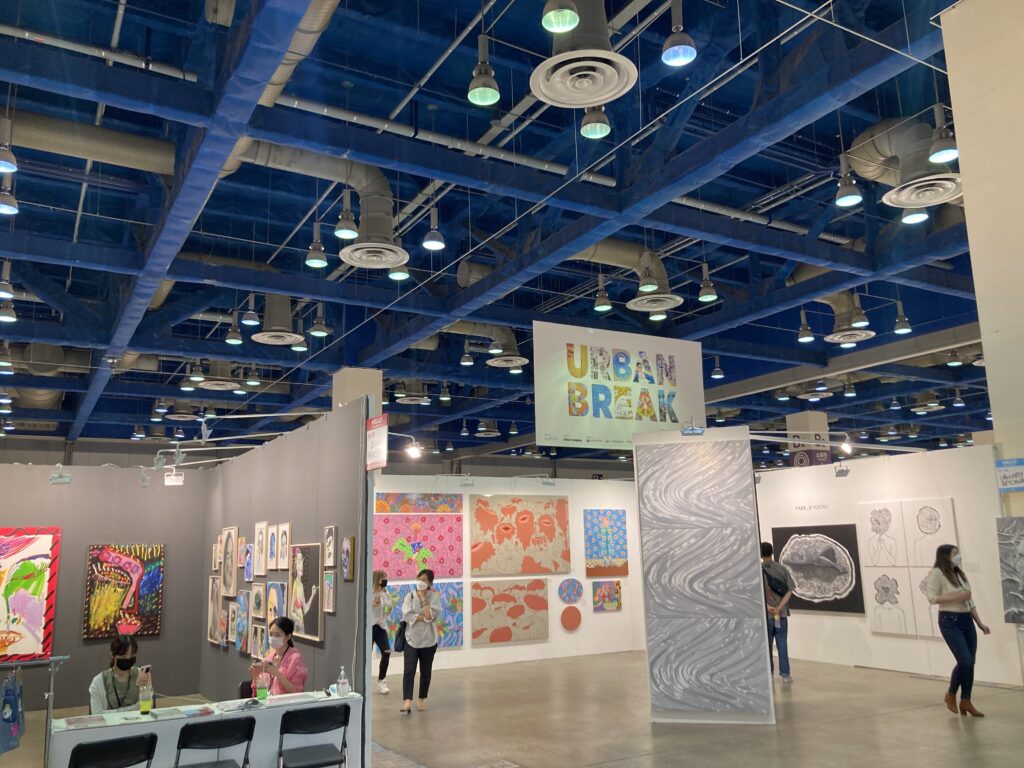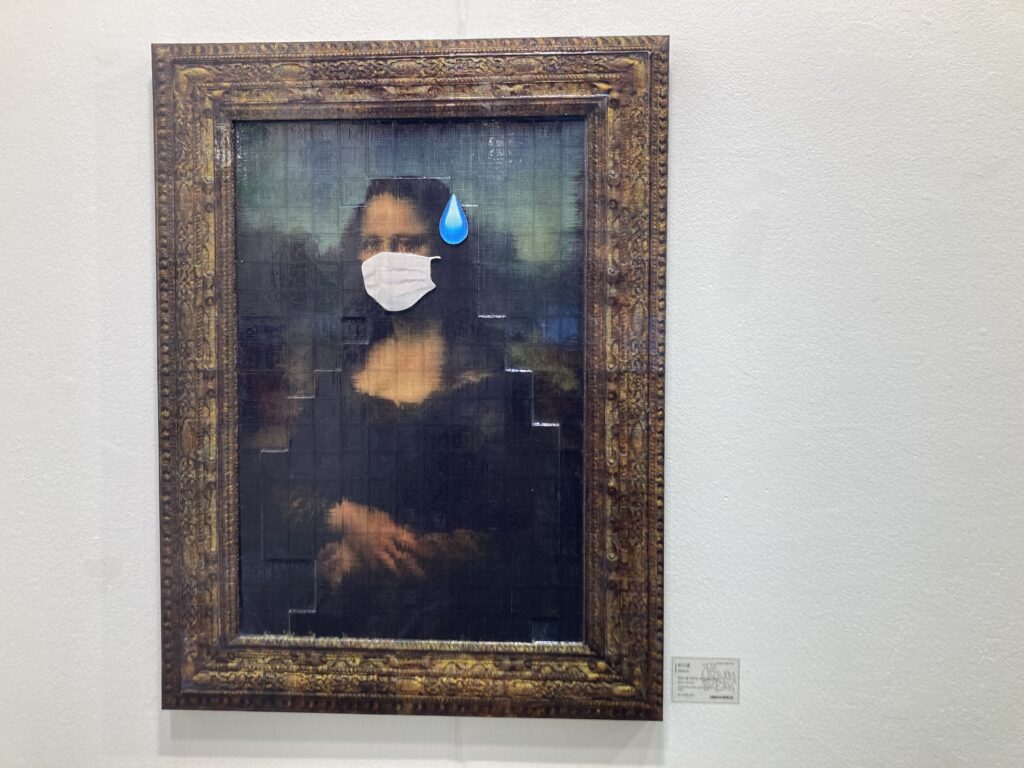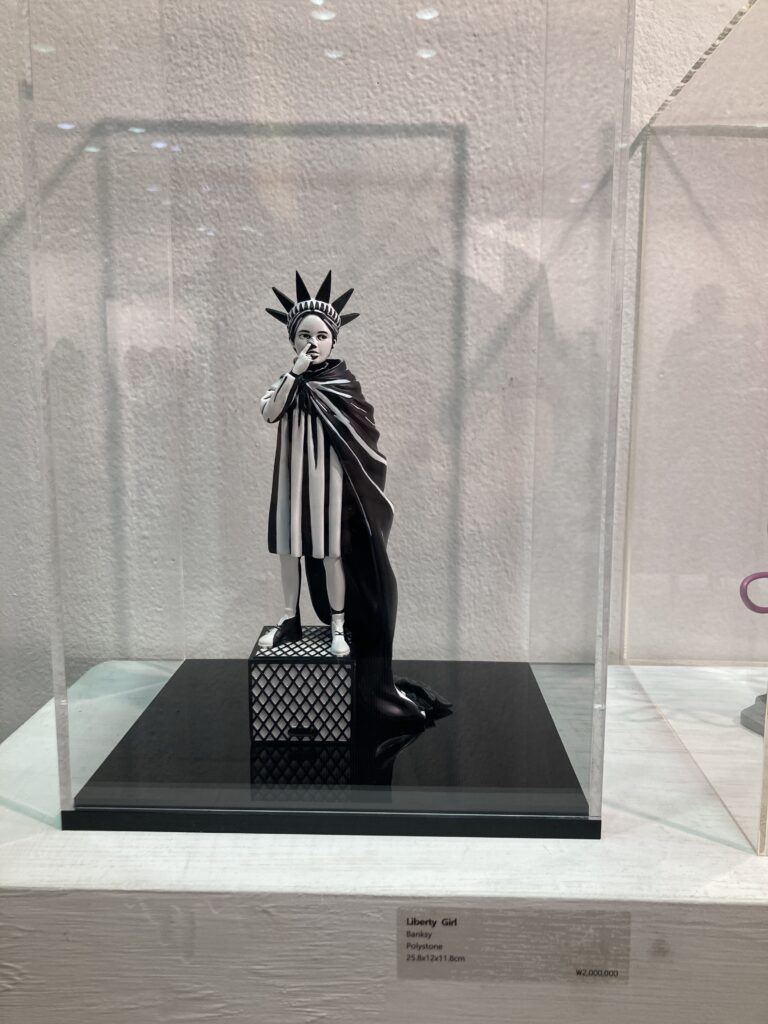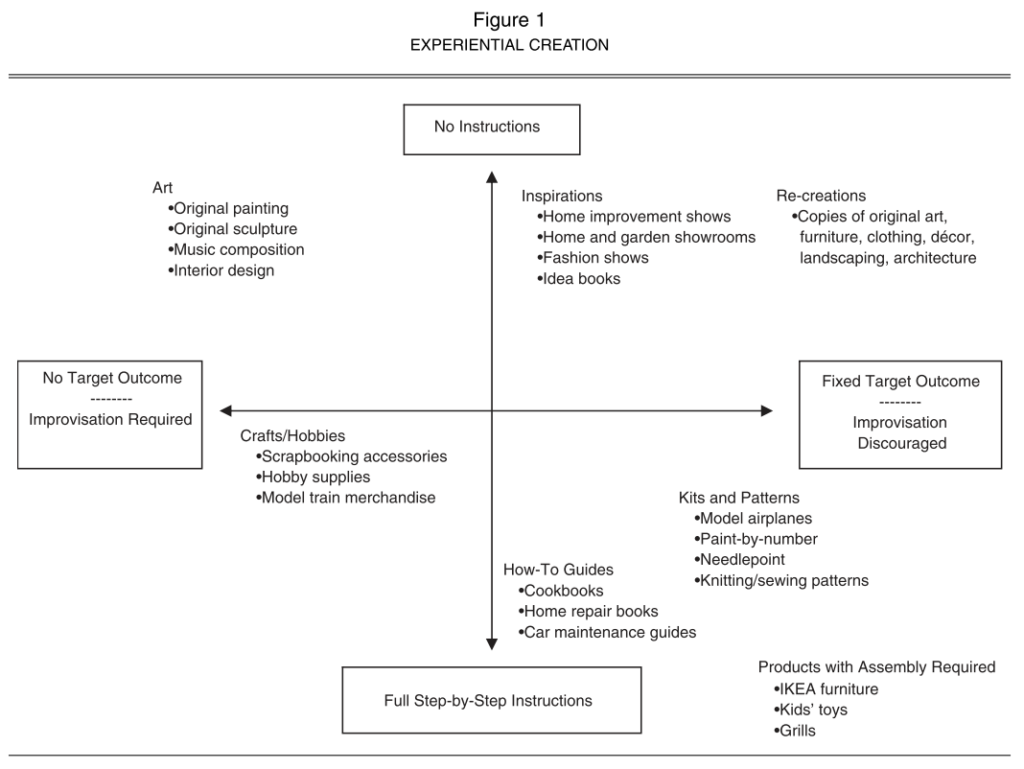People assume that constraint-free activities such as doodling help them become creative. However, psychological researchers suggest a different story, that is, constraints are actually the power house of creativity. Studies showed that people used a given product creatively, enjoyed creative experience, and developed creative toys and when they were provided with a time/input/resource constraint and then overcame it.
Similar to psychological creativity, constraints may contribute to art creativity. I found evidence at the Urban Break 2021, the largest urban and street art fair in Asia.

The Urban Break 2021 proposes the broadened spectrum of the art fair, trying the new contemporary art genre, combined the urban art and the street culture. The urban art is pioneering a new flow, becoming a mainstream icon in the art market. Urban Break is aimed at cultural convergence and extension by embracing native and foreign street artists, galleries and lifestyle brands.
In this art fair, numerous paintings and sculptures made me nervous and confused because I do not understand most of them. Only when I meet the art pieces that look familiar but slightly different, I was able to understand the intentions of the artists, enjoying them. To me, artwork looks creative when its artist communicated with me through something I am familiar with. It does not look creative when its artist communicated with me something I have never seen before.

This suggests that constraint plays a key role to shape creative experience. When artists work with constraints (e.g., something visitors are familiar with such as Mona Lisa painting, David sculpture, or Statue of Liberty), visitors enjoy their paintings and sculptures better and more creatively.

***
Reference
Dahl, D. W., & Moreau, C. P. (2007). Thinking Inside the Box: Why Consumers Enjoy Constrained Creative Experiences. Journal of Marketing Research, 44(3), 357–369.
From cooking kits to home improvement shows, consumers are increasingly seeking out products that are designed to help them be creative. In this research, the authors examine why consumers participate in creative activities and under what conditions these experiences are the most enjoyable. A qualitative study explores the diverse motivations for undertaking creative tasks and identifies the role of constraints in such endeavors. Then, the authors conduct two experimental studies to understand the importance of constraints (e.g., instructional guidance, target outcomes) in facilitating a balance between perceived competence and autonomy for consumers involved in a creative task. When consumers engage in creative activities with a sense of both autonomy and competence, they enjoy the experience more. The authors discuss implications for managers and provide opportunities for further research.
